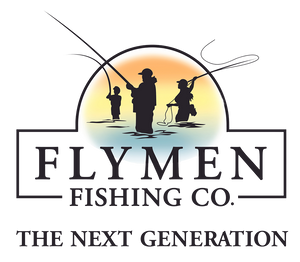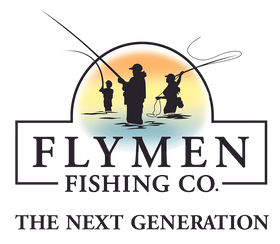Flymen Blog
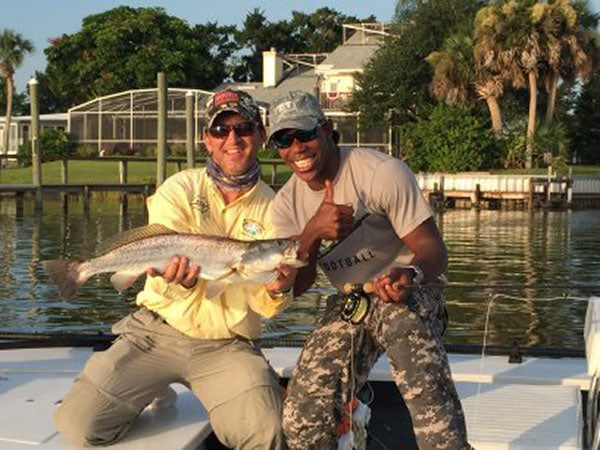
This Often Overlooked Species Just Might Be the Challenge You've Been Seeking
Fly fishing in saltwater flats usually conjures up images of tarpon, bonefish, snook and permit; the "big four" so to speak in this realm of mangroves, grasses and sand. Then there are redfish and black drum. These two species are much more widespread and available, making them a viable target from Texas to the Carolinas. Again, these two fish are very popular among fly anglers and considered high on the list of angling achievements.
However, there is yet another species of the drum family that I consider even higher on the list than redfish and black: the spotted seatrout (cynoscion nebulosus). The spotted seatrout is perhaps one of the first fish that novice saltwater fly anglers target. The smaller versions of these fish are voracious feeders, attacking anything that gets near them, making them perfect for novice anglers.
Spotted seatrout are readily found from Maryland to Texas, in large groups, and it is not unusual once a single small trout is caught, to catch a dozen or more in the same area. Perhaps this is why many people forget about seatrout and don’t give them the respect they deserve, especially the large ones we call gator seatrout.
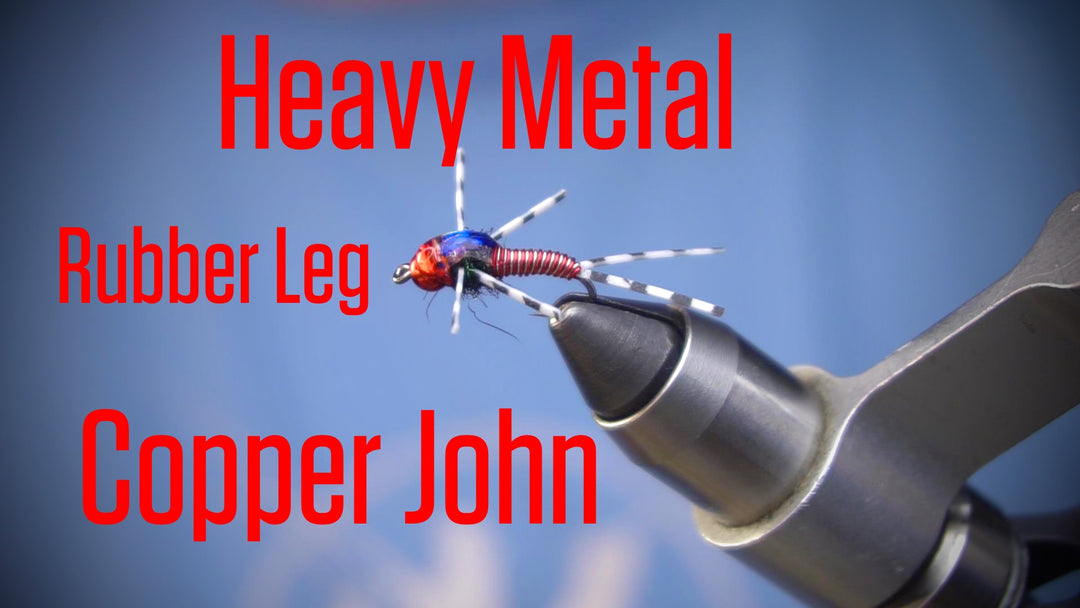
The original Copper John is a staple in most fly boxes — the Heavy Metal Rubber Leg Copper John is a next-generation take on this classic fly pattern.
Using the Nymph-Head Heavy Metal tungsten beads that are 15% heavier than standard tungsten beads of the same size and come in a wide array of colors, the possibilities for this pattern are endless. You can fish it in a variety of ways, from fishing it as an anchor fly in a Euro setup to a regular attractor under an indicator, fish this fly DEEP — trust me, it will get there.
Fly Recipe
- Hook: Kona Wet Fly Nymph size #10
- Bead: Nymph-Head Heavy Metal tungsten bead size 5/32"
- Wire: .025 Lead Wire
- Tail: Sili-Legs
- Body: Ultra Wire
- Wing Case: UV Chewee Skin
- Over Case: Flashabou
- Thorax: Ice Dub
- Legs: Sili-Legs
- Wing Case Gas Bubble: Loon UV Resin Thick
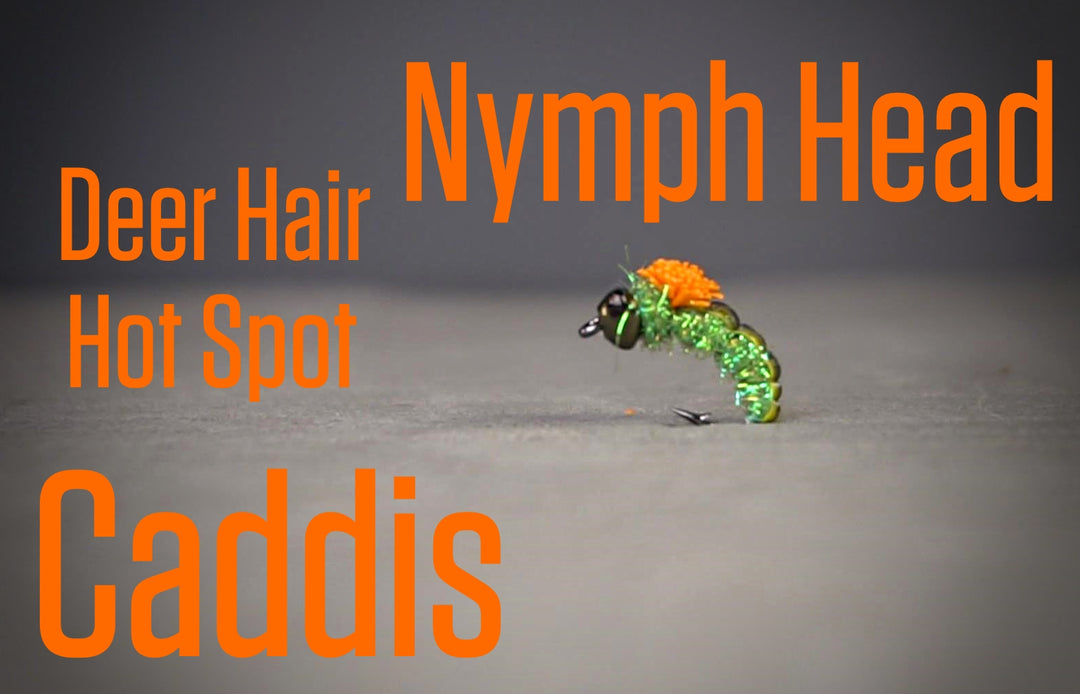
This Nymph Is a Great Little Caddis Pupa – With Some Added Flair
Hot spots on nymphs are a great way to not only get the attention of the fish you're targeting, but in certain fishing circumstances they can help you track your fly easier by sight. Most hot spots are made with dubbing that is a different color than the body of the fly, but this fly sets itself apart by using brightly colored deer hair tied on top of the hook as the hot spot.
This technique helps the fly stay upright in the water while the fly gets deep in the water column from the weight of the Nymph-Head Evolution tungsten beadhead.
Recipe
- Hook: Kona Universal Scud/Shrimp/Pupa (USP) hook, size #12
- Head: Nymph-Head Evolution Mayfly Swimmer & Burrower tungsten beadhead, olive, size large
- Rib: Ultra Wire
- Shell Back: Kiley's Exo Skin
- Body: Ice Dub
- Hot Spot: Deer Hair
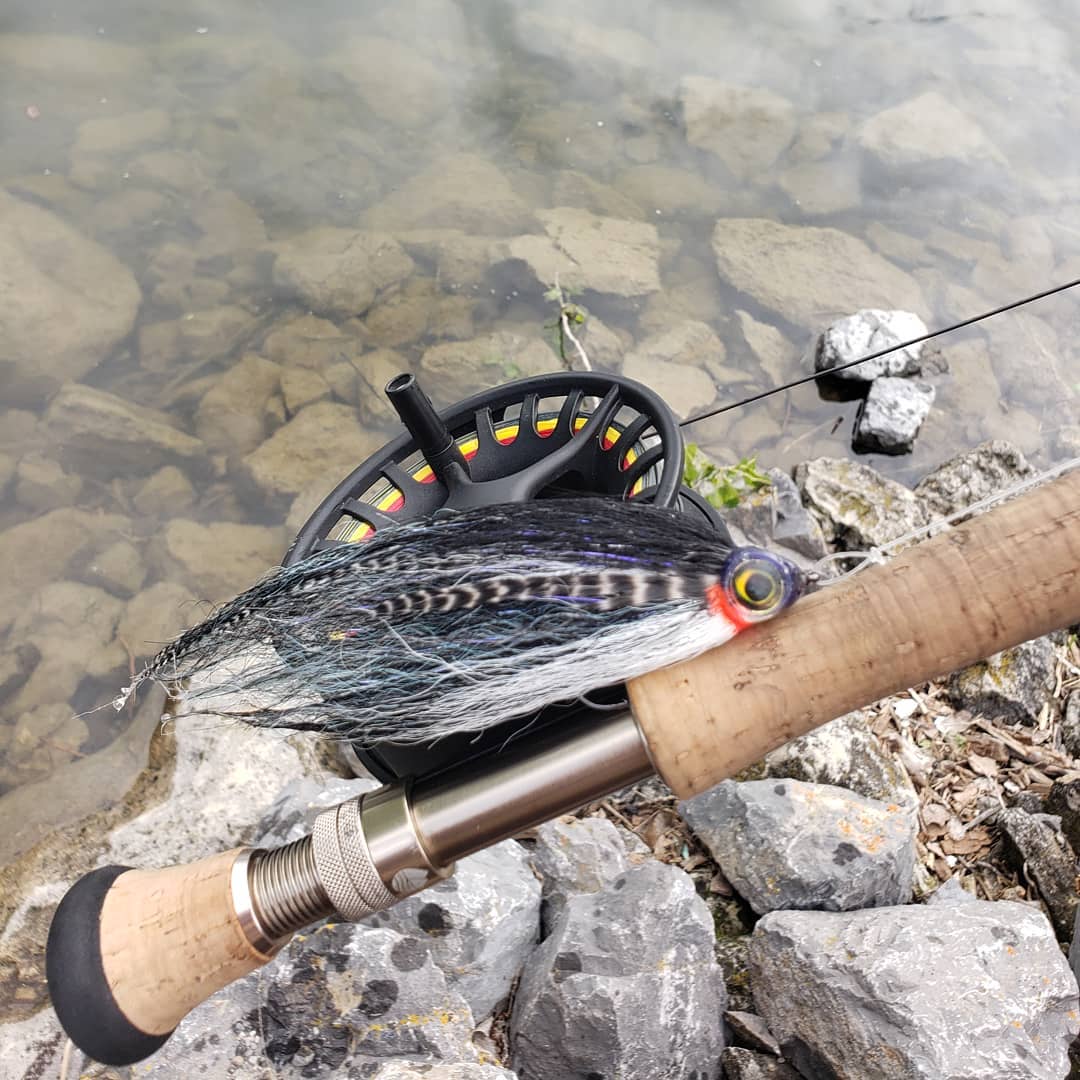
Why do I love tying and fishing big streamers?
The other day I was watching an episode of "The Office" and in it Michael Scott said, "What is better: a medium amount of good pizza or all you can eat of pretty good pizza?"
As weird as it sounds, that got me thinking about fly fishing and the reason why I fish and tie big streamers. With big streamers, you may not always catch fish, but the fish you do catch and the memories will be epic.
Growing up in Southern California I was always fishing for largemouth bass. Before I stated fly fishing, I was throwing big lures, plugs, swimbaits, etc. for bass with my baitcasting rod. Throwing an 8-inch lure was a common thing for me as well as at time throwing a big 12-inch plus rainbow trout plastic swimbait. So when I started tying flies I always thought why not tie big flies like the lures I was used to throwing. To me this made sense, but at that time a lot of people looked at me strangely.
If you enjoy tying and fishing big streamers, the following are some things I'd recommend you keep in mind.
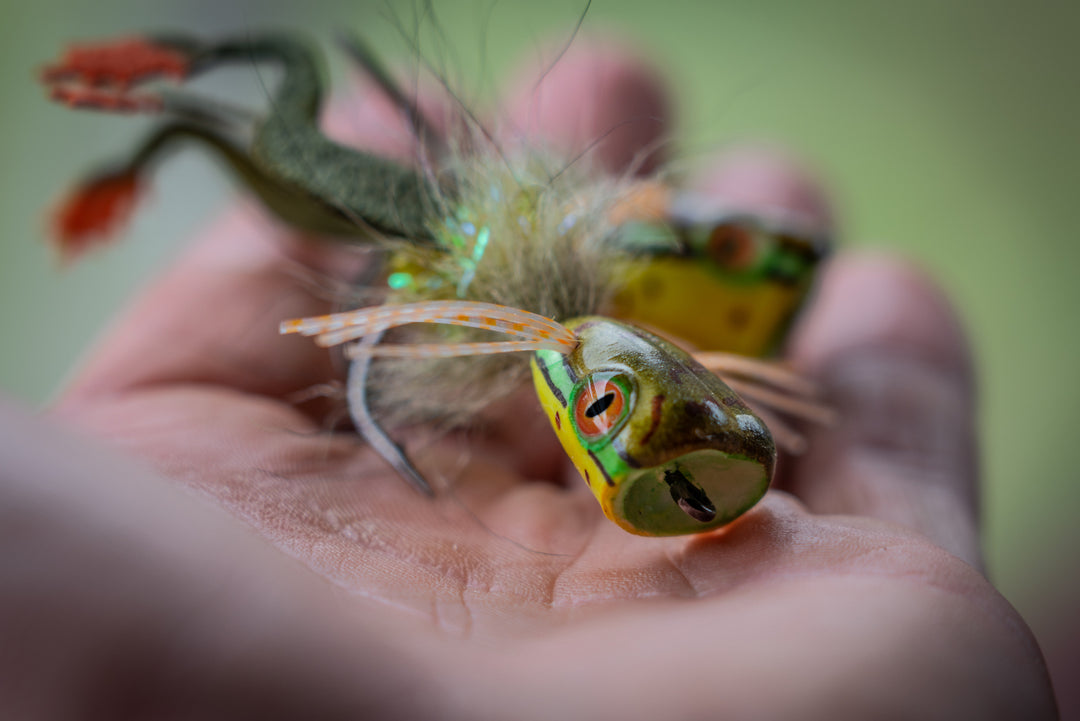
Ultimate Frog Popper tied with a Surface Seducer Double Barrel popper & slider body, Dragon Eyes, and a size 1/0 Kona Big Game Carnivore hook.
It is first light. You are sitting quietly and motionless in an aluminum canoe in the middle of a 10-acre pond full of lily pads trying not to make a sound.
You have spent the last 30 minutes of darkness listening to the insects and frogs begin to quiet down as the sun begins to rise. Thick fog permeates the still air and the water is still as glass.
Every 15 seconds you can hear a bass blow up on an unsuspecting victim. It is summertime now and frogs and tadpoles are one of the most readily available food sources in the lake... Too bad all you have in your box are Clousers, chenille worms, and crawdads. OOPS!
